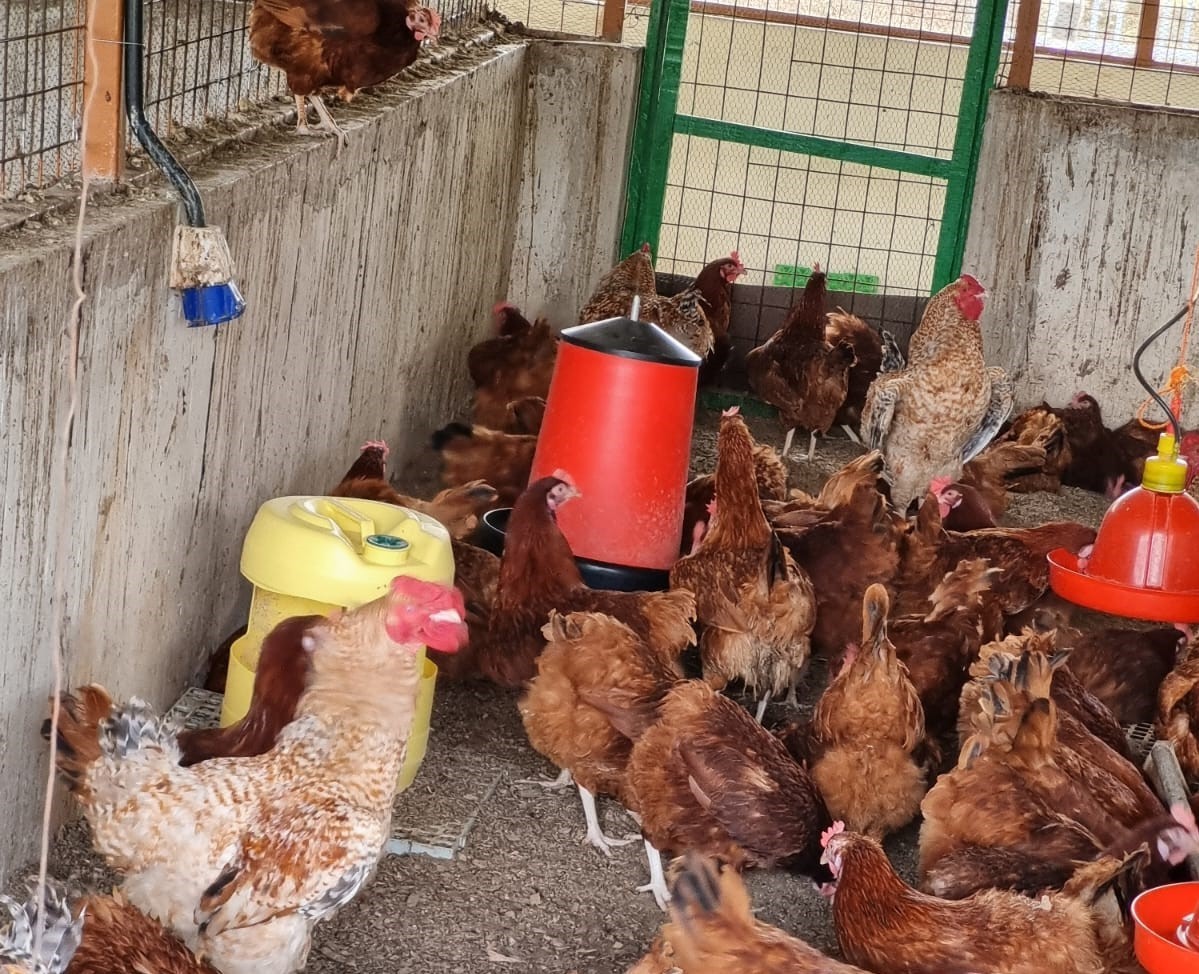
Research Centre: KALRO Kakamega
Principal Researcher: Dr. Ann Wachira
Research Background:
Indigenous Chicken (IC) is an integral part of rural farming systems where it provides food and nutrition security as well as income to resource-poor smallholders. This is especially valuable in the Arid and Semi-lands (ASAL), where options for generating income are limited. Advantages of IC compared to other livestock include low cost of production and high adaptation to ASAL conditions.
Moreover, IC has quick returns on investment, requires simple management practices and the products have numerous market outlets. Chicken is also a first step in the process of acquiring larger livestock such as goats and cattle for the resource-poor and the disadvantaged, including women-headed households. This makes chicken rearing a suitable enterprise for emergency restocking programs following disasters such as drought in the ASALs.
Under ASAL APRP support, KALRO developed two improved indigenous (kienyeji) chicken breed lines (KC 1 and 2) with high egg production and enhanced growth rates. The two KC breed lines have been registered with the Kenya Livestock Breeders’ Association. The lines are now being disseminated to farmers. A big constraint in the adoption of the improved indigenous chicken is the high cost of commercial feeds.
Furthermore, the low hatchability of eggs at the farm level has been identified as a constraint. Farmers prefer birds that can go broody to manage the cost of accessing fertile eggs of improved lines. The following sub-activities were proposed to build upon activities implemented under the ASAL APRP on the indigenous chicken value chain:
Research Objectives:
- Breeding to register more lines for market desired trait.
- Improve hatchability at the farm level.
- Develop low-cost feed rations and management systems including appropriate housing.
- Construct Poultry breeding and multiplication house at KALRO Kakamega.
Achievements:
- KC1 and KC2 breed lines were registered with KLBA paving way for commercialization. Further since the installation of a new setter machine with the capacity to incubate 38,000 eggs per month, there has been a tremendous increase in terms of production of day old chicks at KALRO Naivasha.
- The hatching capacity increased from around a weekly hatch of an average of 6,000 chicks to the current average of around 15,000 chicks per week. As a result, more than one 1,200,000 chicks have been hatched at the KALRO Naivasha hatchery. Out of these, a total of 543,313 chicks were sold as day old chicks whereas the more than 545,673 chicks were brooded and sold as Month Old Chicks.
Related Research Activities

Climate Smart Indigenous Chicken

Mastitis Management Vaccines

Pen-side Mastitis Diagnostic Kit

